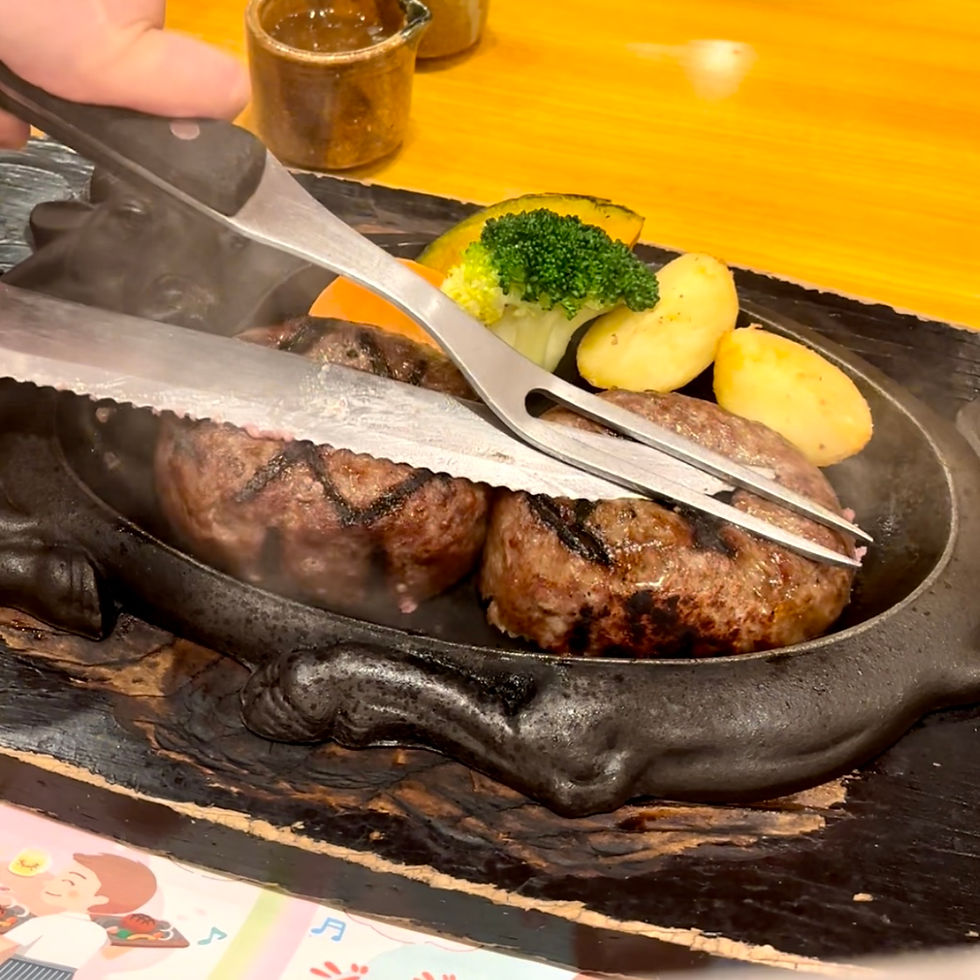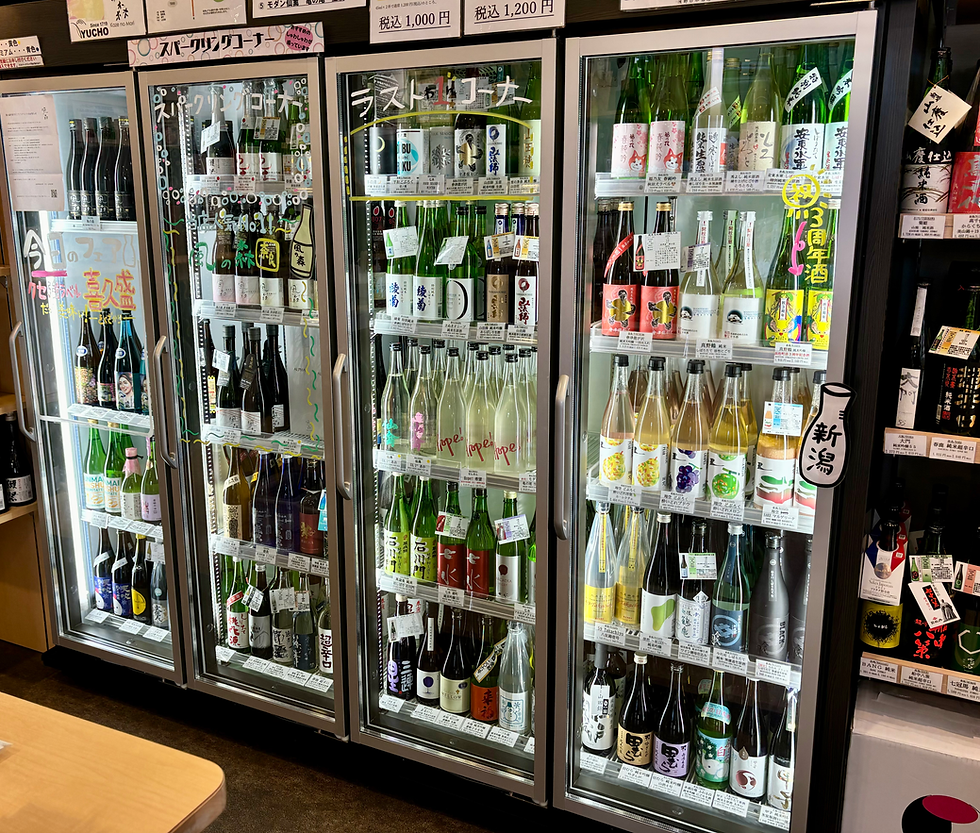<Short Excursion> Go Meet the Widest Noodle : NAGAKIYA @Konosu City, Saitama
- larryhira

- Aug 14, 2021
- 2 min read
Updated: Feb 25, 2023

An hour's train journey north of Tokyo Station, crossing over the prefectural border into Saitama Pref., we arrived at KONOSU station, a typical commuter town surrounding Metropolitan Tokyo. Its only claim to fame is that it is home to the Arakawa River, the widest in Japan, reaching 2,537 metres when it crosses the city.
Although this is the official record, the river doesn't actually look so wide. In fact, the definition of the river width measures between the levees on both sides, which means not only the water area but riverbeds are included.
Anyway, the city officials came up with the idea of attracting visitors by making the most of the record-breaking river and finally invented "Kawahaba" or River Width udon noodles. Dozens of restaurants in the city favoured the decision and handcrafted their original "Kawahaba" dishes.
My wife and I visited NAGAKIYA, one of the oldest noodle shops in the city which is closest to the station. On a weekend in May, we were among the first guests to enter the shop when it opened at 11:30. Only half an hour later, all tables were occupied.
Nagakiya opened in 1891 and has been serving authentic udon noodles in brownish soup with bonito dashi broth. After the official announcement of the record, this restaurant started to serve unique udon noodles that are nearly 10cm wide. The noodles are too wide to swallow, so you have to bite them into pieces first. Despite the odd shapes, those noodles taste very good, soaking up umami flavour from the soup.

After lunch, we walked about the city and reached the levee of the river. There was a statue on the side of a bridge in memory of the record, from where the widest point is measured.
That was in May, the best season for poppies. Thousands of poppies flourished like pink carpets along the riverbed. Far behind the poppy fields, we could see a long bridge crossing the widest river.

Within a couple of hours, we were sure that we had seen everything there is to see. Fully satisfied, we got on a train back to Tokyo.




Comments